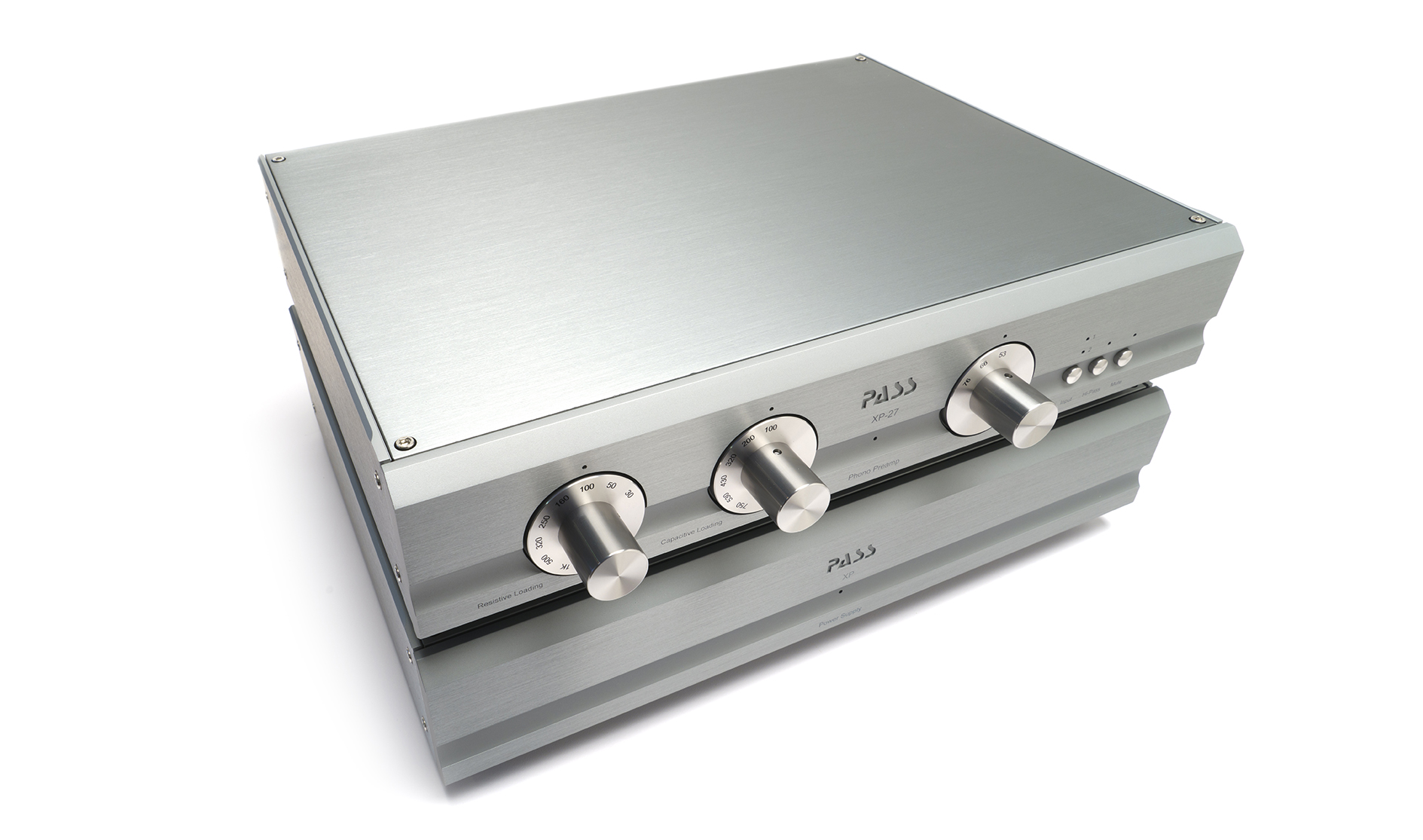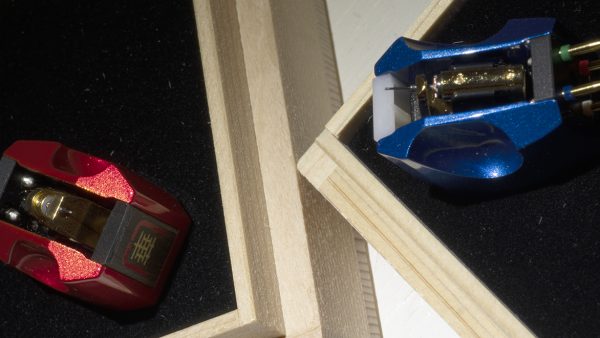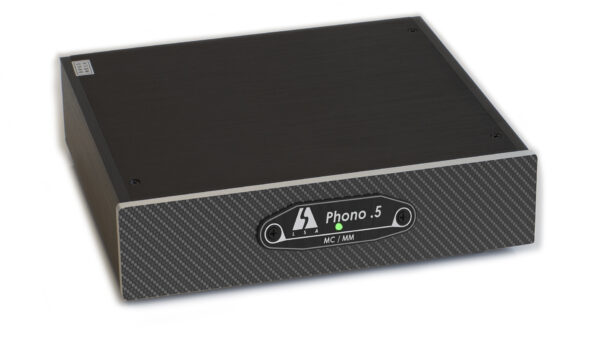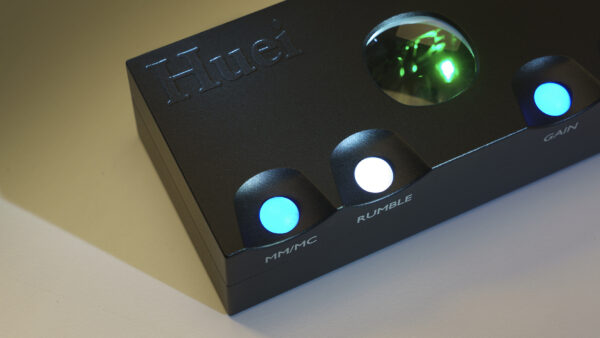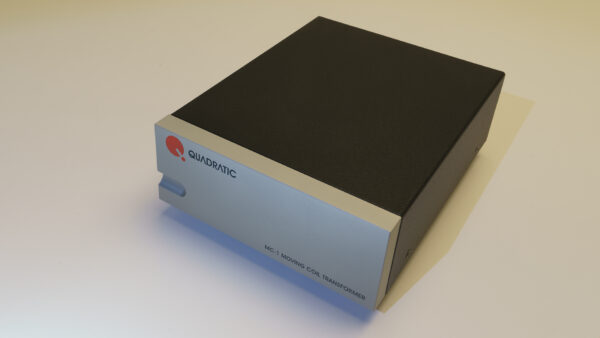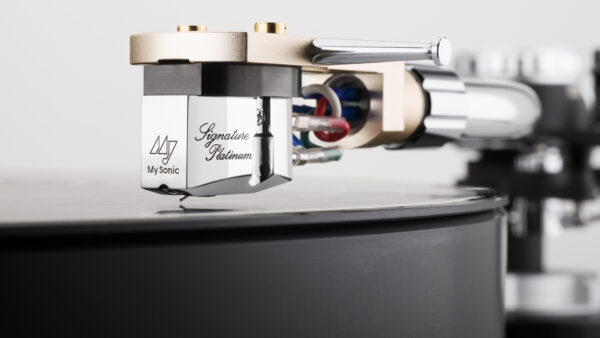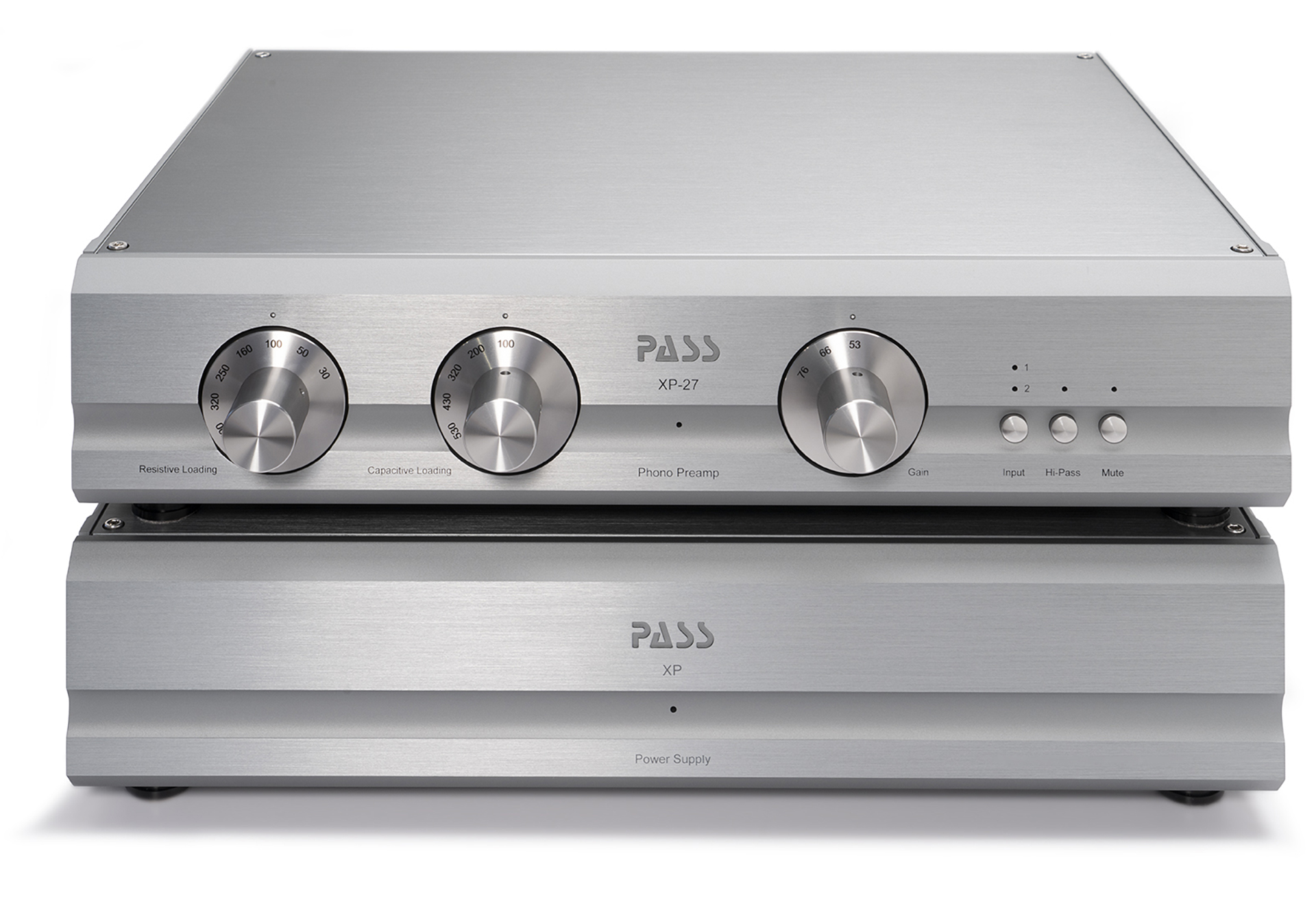
Having used Pass gear for decades, the XP-27 phono stage illustrates their commitment to innovation and evolution. It is as strong in 2021 as it’s ever been. The prior XP-25 was excellent, but the new XP-27 incorporates much of what the Pass design team has learned in the design and building of their flagship XS Phono. Pass makes it a point on their website to mention how much quieter the current phonostage is; even a quick listen shows this to be true.
When using the prior XP-25, the main sonic differences between it and the XS Phono (our reference) are primarily that of scale and dynamics – the XS being considerably quieter. The XS Phono is essentially three separate phono stages on one chassis, but the XP-25 and now the XP-27 is a single phono preamplifier, with switching circuitry between the inputs. The current XP-27 gains ground on the XS Phono but still switches between two inputs, as the previous model did. Innovation and development move on. It won’t surprise me if Pass has a replacement for the XS Phono in a few years.
The $45,000 XS Phono is not for everyone, nor should it be. Suppose you aren’t sporting three world-class tables, each with Goldfinger, Atlas, or Koetsu Onyx level cartridges (or whatever your slice of heaven is). In that case, the XS will probably be overkill, and you may not be able to experience all it has to deliver. That said, the Onyx and Atlas still turn in incredible performances with the XP-27, as do all the other cartridges at our disposal.
In a world where a top phono stages cost more than a decent SUV, there have been tremendous advances in the $10k – $12k range. For nearly all of us, the XP-27 can be a final destination, and rightly so. This is the sweet spot that is the XP-27 – a perfect phonostage for a two table (or two tonearm) analog enthusiast searching for a major helping of what the cost-no-object boxes offer at a more down-to-Earth price. Granted, this is still a substantial investment, but like most listeners, you didn’t fall out of bed today, deciding to start with a $12k phonostage, did you? You’ve probably been upgrading and steadily building your system, record collection, and knowledge base. Perhaps you’ve even got a great $5k phonostage (or thereabouts) with one input, and you’ve decided to take the ultimate plunge and add another table to your system— so it’s time for a change.
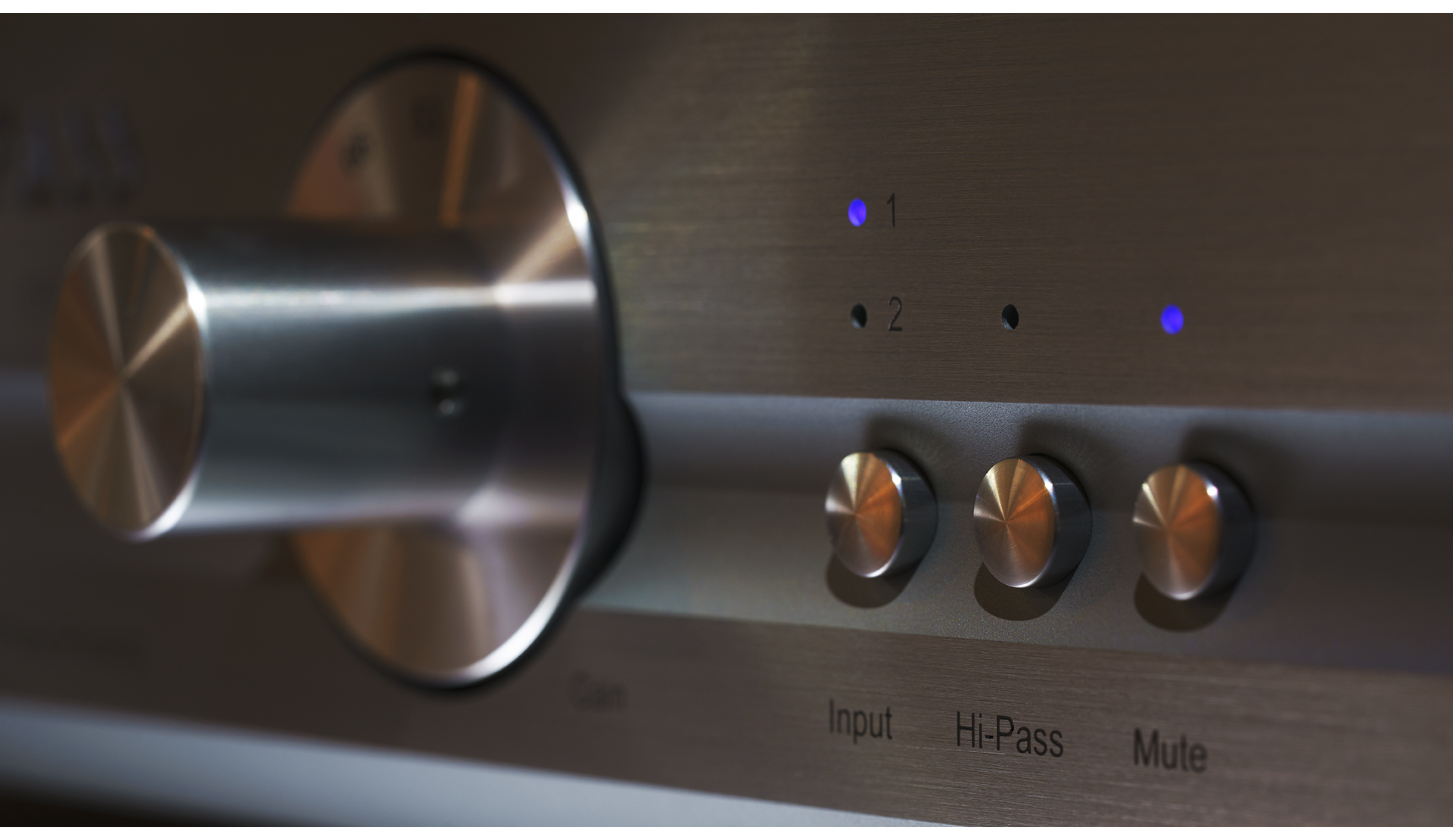
Why two inputs?
The XP-25 offers two inputs, a wide range of input loading from 30 ohms to 47k, variable capacitance for those adding an MM to the mix, and three gain settings – 53dB, 66dB, and 76dB. Before you pooh-pooh the MM setting, there are several excellent moving magnet and moving iron cartridges out there. They deliver fantastic results through the XP-27. The ability to fine-tune capacitance loading is what really helps your favorite MM to deliver the goods. Much like resistance loading with an MC, adjusting the capacitance loading on an MM cartridge can tame a bright cartridge or bring up the highs on a dull example. The ability to adjust capacitance makes a broader range of cartridges useable.
One of the most exciting aspects of having a second table is that you can use it as a daily driver and save your best records for your other table with a premium cartridge. We always look at cartridges as consumables because they wear out with time. A great MM setup is a nice luxury when you want to enjoy vinyl but aren’t sitting right down in the listening chair. Because so many MM cartridges also feature removable styli, this is an excellent way to let others access your HiFi system – don’t want friends to not be friends anymore because they trashed your Koetsu. Let em’ play records on the table with the Grado black! That way, everyone gets to have fun.
Regardless of how you want to configure your multi-turntable setup, you’ll never go back once you get used to having more than one. You must keep track of your settings; the XP-27 does not store them in memory like the XS phono. The easy-to-read front panel switches make this simple to accomplish. While they don’t offer the convenience of setting from your listening chair, they allow a lower noise floor than other units with microprocessor switching and lighted displays. It’s back to that quiet again! The XP-27 is genuinely a purist’s phonostage.
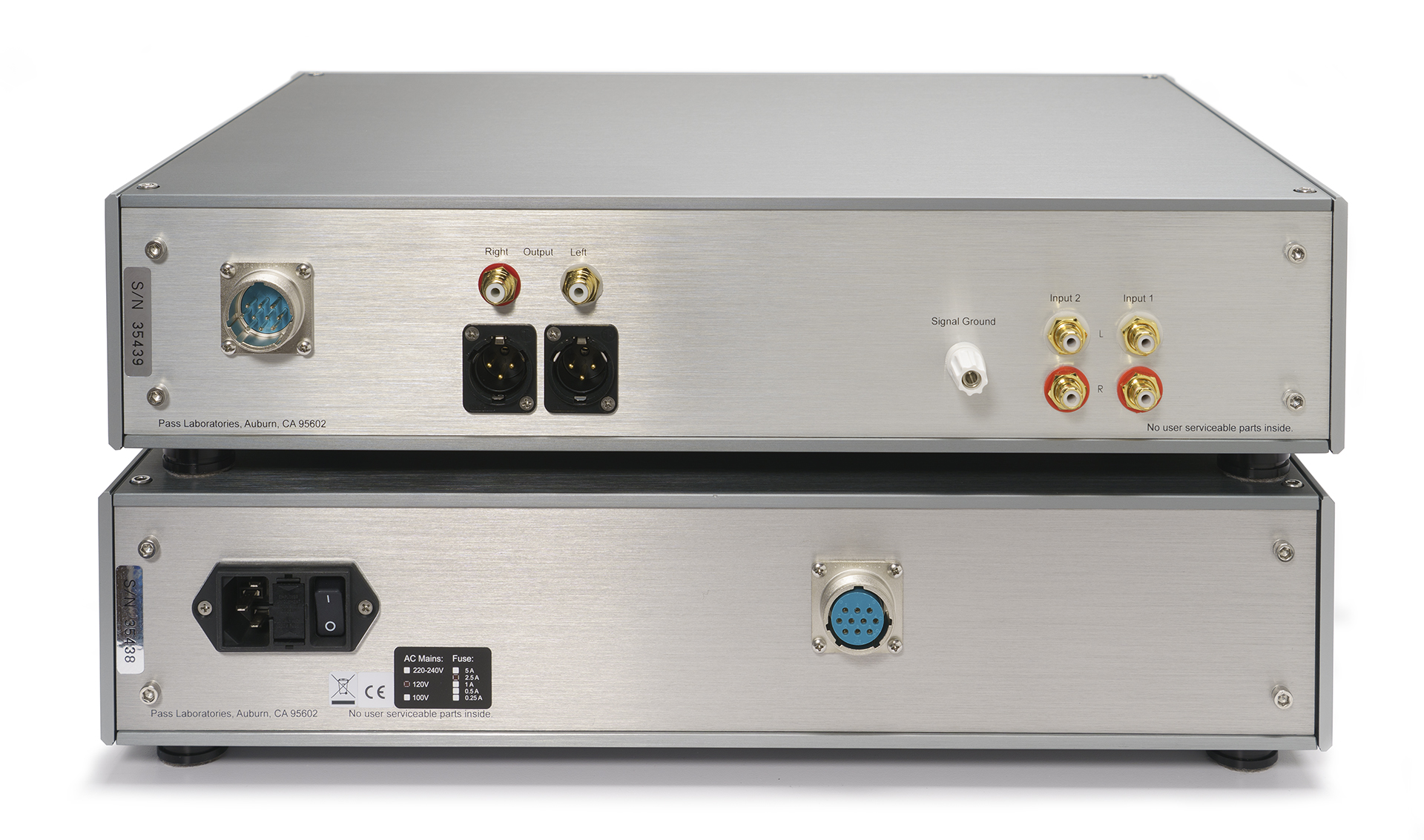
The competition
We can argue about the virtues of tubes vs. transistors for the rest of our lives, but ultimately, it depends on you. The closest competitors we’ve auditioned recently to the Pass XP-27 would be the ARC REF Phono 3 (at about $13k), the Simaudio MOON LP810 (around 11k, and has the option of an external power supply for another $8,500), and the VAC Renaissance Phono (around $12k). These phonostages are all excellent but different in sound, functionality, and topology – the VAC is all-tube, the ARC a hybrid ss/tube design, and the Simaudio solid state. The Pass is, of course, solid-state as well.
The ARC offers two fully configurable (MM or MC) inputs, the VAC has three, and the Simaudio only a single input. The ARC is the only one that offers the ability to switch loading from your chair, and the Simaudio provides the broadest range of adjustability; however, you have to remove the unit from your equipment rack and set DIP switches from the bottom. Those wanting multiple tables will eliminate the Simaudio from the running immediately. In terms of sonics, none of these phonostages suck, and in the end, your choice will come down to sound versus functionality.
The ARC and Sim both have a more neutral sonic signature and if you didn’t know any better, you might mistake the ARC for a solid-state preamplifier. The VAC is definitely a tube preamplifier with all the bloom and dimensionality you expect from glass bottles. However, you know the drill—you must eventually replace those glass bottles. And good tubes keep getting harder to find and more expensive.
What the XP-27 offers is an ever so slightly warm sonic signature without the tubes if this is important to you. Plug it into the power supply and into the wall. Job done. There isn’t even a power switch on the XP-27. The XP-27 is a two-box unit with about a six-foot umbilical cable required to connect the two chassis. Make sure you connect both boxes with the power supply unplugged. Sometime in 2060 or so, a capacitor might go. Neither Nelson Pass nor I will be here in 2060, so it’s your problem at that point.
Setup and Compatibility
Like the other Pass components we’ve used, the XP-27 needs a few days to fully stabilize thermally and a cursory amount of running signal through it to settle down completely. The first few hours after power-up, there will be a slight haziness, which will disappear rather quickly. By comparison, the ARC needs 300 – 500 hours to sound its best. (That’s not me; a card in the box tells you this.) It’s at about 92% out of the box, cold.
The older I get, the more I like the no-fuss aspect of great solid-state gear. With a six-pack of REL no. 25 subwoofers in my main listening room, my turntables are all wall-mounted in the next room to minimize interaction between the tables and the subs at really low frequencies. The XP-27 has RCA and XLR outputs, so it will be compatible with any system you place it in. The ability of the XP-27 to drive a 25-foot pair of balanced or RCA interconnects with ease is a definite plus. You may not require this, but it’s nice to know that if balanced is not an option,
As mentioned at the beginning of this review, the XP-27 is super quiet: it’s high-resolution digital quiet. If you remember the early days of CD, listening to the decay from cymbals and other percussion instruments seemed to fade out too fast, as if someone was right there, turning the level control down. With high res digital and a great recording, things dither into nothingness – this is what the XP-27 does with your best recordings, even more so because it’s analog. The music rises from and falls to nothing, contributing to the natural feel of the XP-27. It offers a lot of the “analog magic” hardcore vinyl enthusiasts like to carry on about. The one component you might consider upgrading is your record-cleaning machine. Records you thought were clean might not be as clean as you thought they were. Or at least need another go with the RCM. I know a few of mine did!

Thanks to the 76dB gain setting, extremely low output moving coil cartridges can be easily used. The new Dynavector 17DX Carat (.3mv) and Denon 103R (.25mv) sound more robust than they usually do, thanks to the extra gain (without noise penalty) that the XP-27 offers. The 66dB setting should suffice for your MC cartridges in the .4 – .6mv category, yet it will not overload with the .9mv Clearaudio Goldfinger. One of the biggest problems I had with the Goldfinger and my ARC REF 3 Phono was that the 72db setting was a bit too hot, and the 58db setting did not offer quite enough gain to take advantage of the full dynamic ability the Goldfinger brings to the table. And the 54db setting is just right for your favorite MM and MI cartridges – the new SoundSmith Aida 2 and my trusty Grado Signature, both mate incredibly well with the XP-27. In the time we’ve been using the XP-27, there hasn’t been a cartridge it doesn’t deliver fantastic results with.
Further listening
Again, the overall sound of the XP-27 is just a few drops on the warm side of neutral/natural or slightly saturated tonally, if you prefer that description. The sound field generated is massive, and the dynamic swing with a premium cartridge and system is enormous. If I didn’t have an XS Phono sitting on the rack for comparison, I could easily call this one of the best phonostages I’ve heard. But that’s not a fair comparison.
Pass phonostages all share the ability to reproduce acoustic instruments with a high level of resolution, combined with textural and spatial complexity. This is what helps bridge the gap between reality and reproduction. It feels like you can actually reach out and touch the music in the room. Even though the XP-27 has a slight bit of tonal warmth, it still has more than enough resolving power to hear the distinct differences in sonic character between the cartridges at my disposal.
The more records into listening to the XP-27, the more enjoyable it becomes. Along with the wide dynamic range, spatial perspectives sound correct – adding to the realistic aspect of this phonostage. Some components that can create a massive sound field can only do that one thing. The XP-27 excels at reproducing musical details as they should be. If you only listen to rock, hip-hop, or electronica, you won’t notice this. When listening to vocalists and acoustic instruments, you don’t want the piano to sound 20 feet wide. The XP-27 does a fantastic job of keeping these size relationships if you will in place.
There isn’t anything the Pass XP-27 fails to accomplish. Turn it on, plug in your turntables, and enjoy. This is as easy as it gets to enjoy vinyl at an incredibly high level.
Additional Thoughts – 2/2/2025
As I’ve downgraded my analog front end just a bit from a pair of AVID Acutus Reference tables, sporting a Goldfinger and an Atlas, respectively, to an SME 20 with Hana Red and the Luxman PD-191A with their MC cart, I felt the Pass XS Phono, was a bit too much for the job. And as the folks at Pass were kind enough to give me a long-term loan on the XS Phono, I ponied up and wrote a check for the XP-27. (and sent the XS back home)
It has proven to be a perfect reference, both from a musical standpoint and a steadfast reviewing tool as well. The luster has not faded in the least, and everything I wrote a few years ago holds up.
Still #toneaudioapproved, and very highly recommended.
The XP-27
MSRP: $12,075
